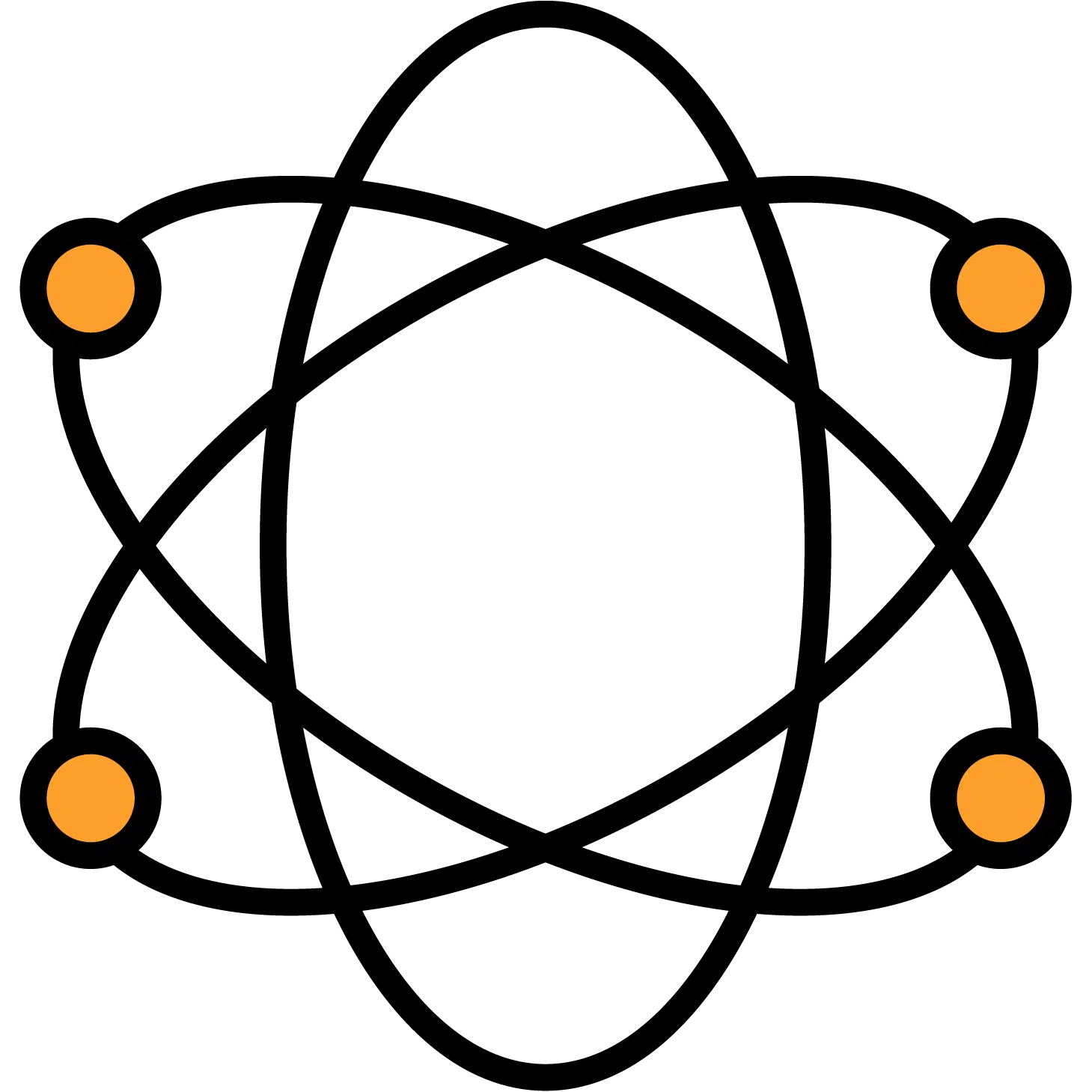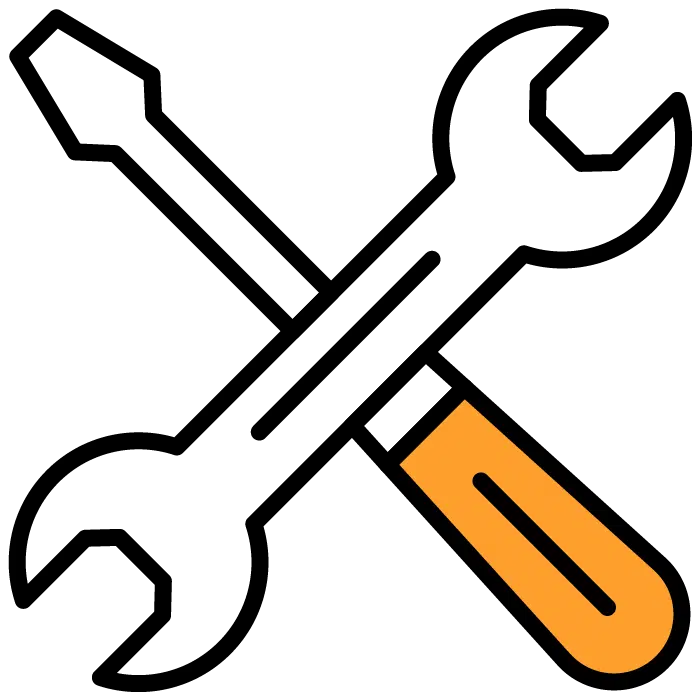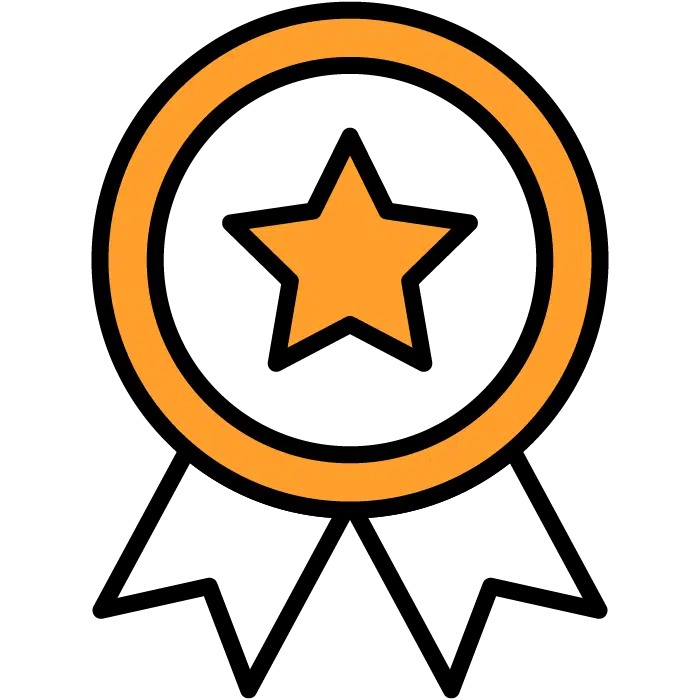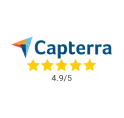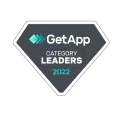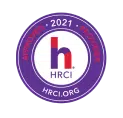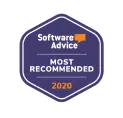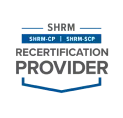Learn the difference between an applicant tracking system and a candidate relationship manager, and why the best platforms combine the features of both.
Are you struggling to decide between an ATS vs CRM (applicant tracking system vs candidate relationship management software)? It can be a tough decision to make — especially if you’re on a tight budget. You don’t want to end up with a tool with a crushingly high cost that doesn’t help you reach your hiring goals.
So what exactly does an ATS do, what does a CRM do, and what’s the difference between them? Plus, crucially, which one will best suit your needs? Let’s dig in.
Find Perfect Candidates Faster Than Ever
Meet with our hiring coaches today to see how AI can slash 90% of the time from your hiring process. Start filling jobs faster right away, with 10x higher quality people.
What Is an ATS?
An ATS is an applicant tracking system. It’s software that manages applications from candidates, letting hiring managers and recruiters easily sift through resumes, conduct screening interviews, and move shortlisted candidates to the next stage — dramatically reducing time spent on administration.
Good ATS recruiting software will help streamline every stage of the hiring process, sending out the job ad to multiple job boards, collating and sorting applications, handling interview scheduling and candidate communication, keeping a record of managers' notes, and even securely saving onboarding paperwork.
Some advanced ATS’, like Discovered – Performance Hiring Software, even help you do advanced tasks like checking references, creating candidate scorecards, and managing employee referrals.
What Is a CRM?
A CRM (also called a Recruitment CRM or a Talent CRM) is a Candidate Relationship Management system. It’s used by recruiters to build a relationship with talented potential candidates, engaging with them and nurturing them over time. That way, the recruiter has a large passive talent pool to draw from.
Pro Tip: Be careful not to confuse this with a Customer Relationship Management system, also called a CRM. That’s a tool primarily used by sales and marketing team members to build relationships with customers.
Some candidate relationship management CRM systems integrate with ATS systems. Others are standalone tools. Good CRMs can also help automate and optimize parts of the recruitment process, assisting recruiters in finding top talent, as well as keeping information up to date.
ATS vs CRM
The main difference between ATS and CRM systems is that an ATS will only have details of candidates who’ve actually applied for a role (whether currently or in the past). It’s for active recruiting. A CRM can contain details for talent who’ve never applied. A CRM is for finding potential candidates.
When choosing an ATS vs CRM, just know that an ATS primarily focuses on current applicants whereas a CRM is geared around building a pool of both active and passive candidates.
There’s some overlap in features between CRM vs ATS systems. Both an ATS and recruitment CRM software store resumes and let you sort through them (e.g. searching by keyword) and give you the ability to send messages to candidates. Both will keep a record of past candidates’ information. This feature makes it easy for you to contact candidates again with a new role that might be a great fit. And of course, both are designed to help companies hire the best person for the role.
Another key difference is that CRMs are more geared for recruitment agencies. ATS systems are extremely popular with organizations doing in-house recruitment. (Jobscan found that 98.8% of Fortune 500 companies use an ATS.)
Pro Tip: In some ways, the ATS vs CRM debate is an empty one. Any organization that needs an ATS or a CRM likely needs performance hiring software that combines the features of both.
How Discovered’s Performance Hiring Software Works
Discovered – Performance Hiring Software is a full-featured ATS and CRM with additional tools to make your talent pipeline as streamlined as possible.
Some of its key features are:
Instant Connections to Free and Paid Job Boards
Discovered will push your job ad straight to your preferred list of free job boards. You can also integrate it with paid boards like LinkedIn and Indeed. With each application, you’ll see exactly where the candidate found your job — giving you valuable information for future rounds of recruiting.
Discovered can even write your job ad for you, based on your website, job title, required skills, and other details.
Handling Candidate Resumes
At the heart of any ATS is the process of handling candidate resumes. Discovered makes it easy by importing and parsing resumes for your chosen filter words, and categorizing them so you can review promising candidates as quickly as possible. It also keeps resumes on file (in a similar way to a CRM) so you can approach past candidates for future roles.
Creating Candidate Scorecards & Scheduling Interviews
One key way to make better talent acquisition decisions is with a candidate scorecard. This lets you hire based on the criteria that define success in that role – rather than making a wild judgment based on “instinct.” With the candidate scorecard safely stored in the system, you can use Discovered to schedule interviews, with the confidence that you’ll know the exact right questions to ask.
One-Click Reference Checking
Do you hate the tedious process of playing phone tag while checking references? Discovered lets you automate it all. You can select and modify your referral email template before letting candidates fill in their referral information and forward links to their previous employers. You can then review this feedback at your convenience.
Integrated Employee Referral Portal
Employee referrals are one of the best and most cost-effective sources of great employees. In fact, employees from referrals stay an average 70% longer than non-referral hires, lowering overall hiring costs by 41%. Creating and implementing a referral system can be a huge amount of work. Discovered makes it easy with a fully integrated employee referral portal.
Supporting Multiple Users and Collaborators
One huge advantage of using an ATM is that it lets everyone involved in every step of the hiring process instantly see a candidate’s status. Different hiring managers or recruiters can log in and check where any candidate is in the flow. They can watch the candidate’s one-way video interview, review correspondence, and leave notes for other hiring managers or recruiters at different stages of the talent selection process.
Managing Onboarding and Training
Discovered – Performance Hiring Software doesn’t just get you to the point of making an offer. It’s also designed to seamlessly handle the onboarding process, moving your successful candidate into your training and assessment system. Brandon Hall Group found that companies with a strong onboarding process improved new hire retention by 82% (and also saw a 70% improvement in productivity) — making it essential to get this step right.
